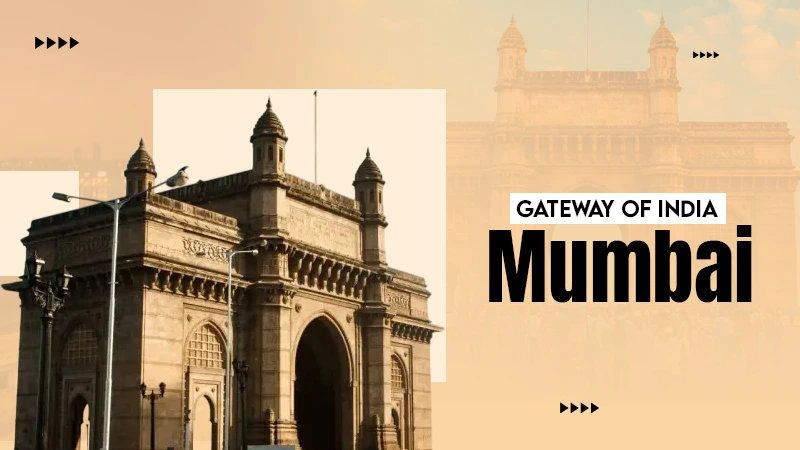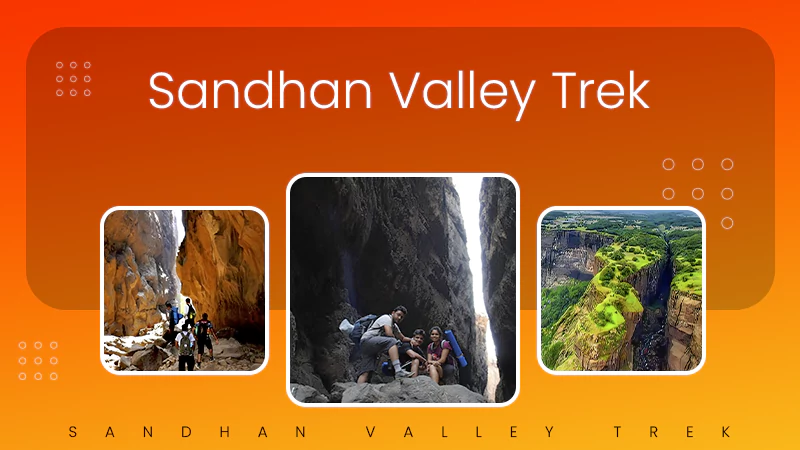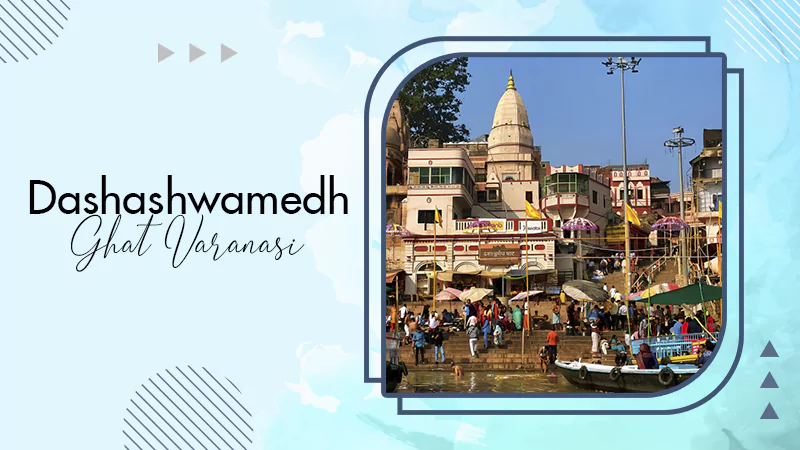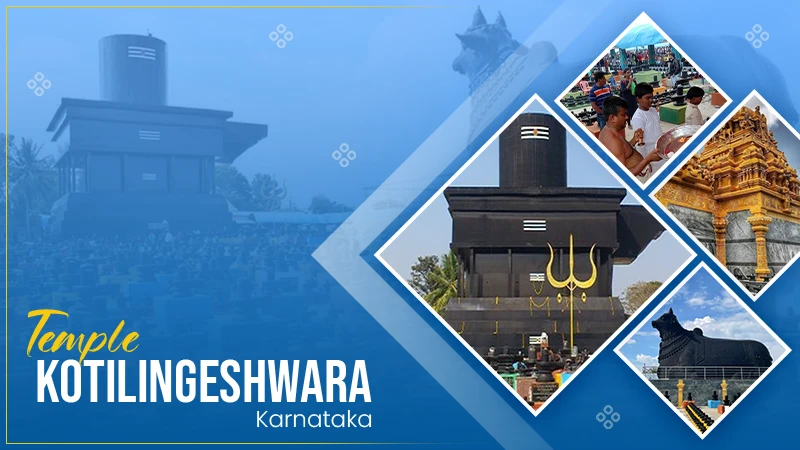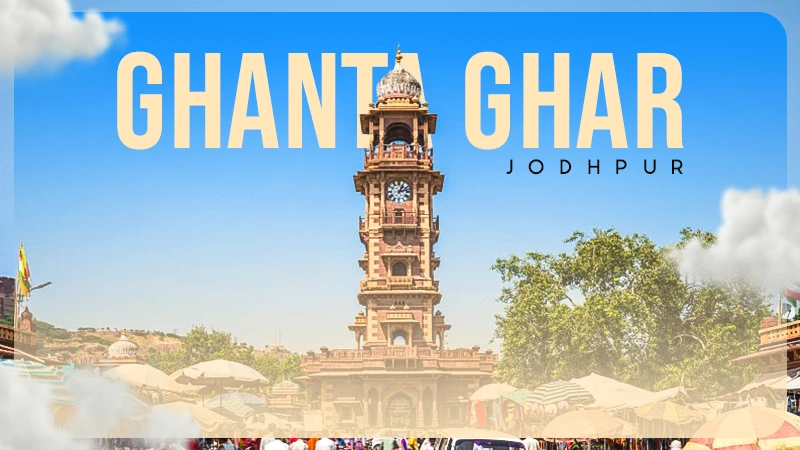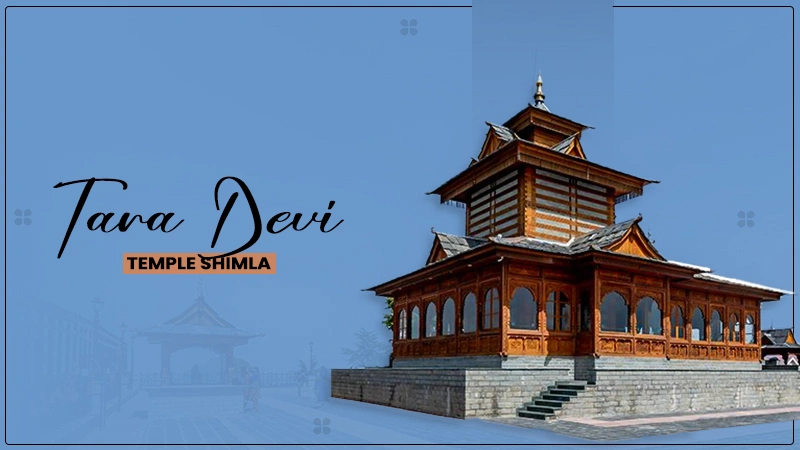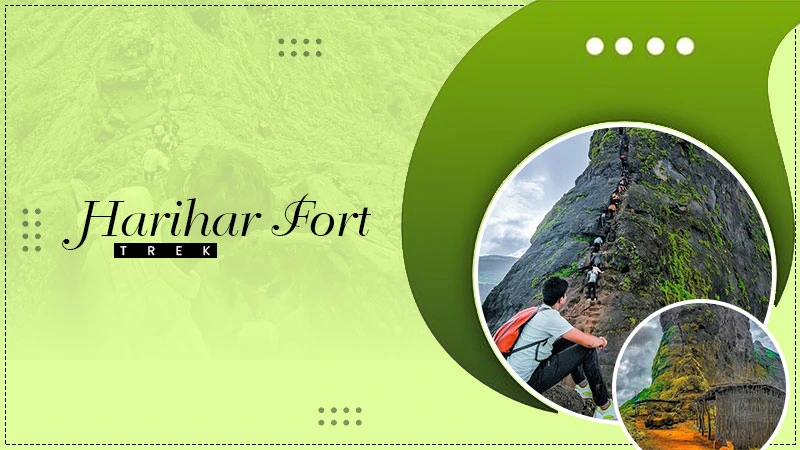
Nestled in the Nashik district of Maharashtra, the Harihar Fort, also known as Harshagad, stands as a testament to both nature’s artistry and historical significance.
Perched on a triangular prism of rock, this fort distinguishes itself with its almost vertical rock-cut steps, offering a thrilling and unforgettable trekking experience.
If the Harihar Fort Trek is the next big adventure on your bucket list, among the famous trekking places. Hence, read this article for a complete trek guide and some important information about the route, distance, things to remember, and Harihar Fort photos.
Harihar Fort Trek: Complete Guide
Maharashtra is famous for several treks like Naneghat Trek, Harishchandragad Trek, Kalu Waterfall, etc.
Nashik itself has over 100 treks in and around the area, and it’s safe to say that the Harihar fort trek is one of the most difficult and popular treks in the district. At the same time, it is an epic and adventurous trek that an individual or a group would experience.
I’m sure that, standing at the base of these 80-degree vertically inclined rock-cut stairs, you will find yourself questioning your life decisions. But I assure you, once you get the hang of it, it’s easier to climb.
Trail Information
Harihar Gad is not one but two treks combined; the first is the trek from Nirgudpada village (Kotamwadi) to the plateau, which might take about 2 hours. The second is from the plateau to the top through the iconic steps. This second part is shorter than the first but will require the same time and even more effort to complete.
Part 1
The Hari Hara Fort trek starts from the Nirgudpada village. You’ll have to hike a total distance of 2.4 km, which might take about 1 to 2 hours. This breathtaking journey, dotted with fields, water streams, and waterfalls, is simple in the beginning but gradually becomes steep.
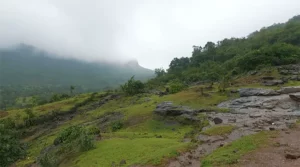
Another starting point of the trek is from Harshewadi Village, which is a much smaller and easier trail as compared to the first one. You’ll also find several food stalls on this route. It begins by the side of a small lake and continues through a mixture of jungles and open clearings. Both trails will end at the plateau.
Part 2
After reaching the plateau, you’ll see the infamous rock-cut stairs that are dangerously 80 degrees vertically inclined. This is where you need to put all the effort, since the ascent through the 60.96-meter steps is quite challenging.
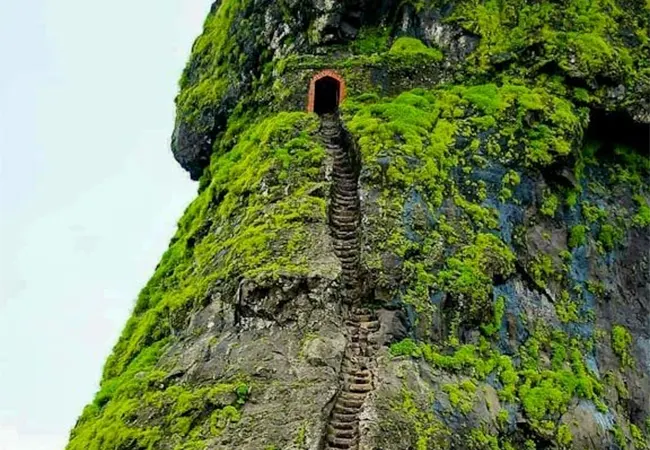
You’ll have to climb about 90 steps before reaching the main entrance of the fort or the Mahadarwaja. Be very mindful of your steps if you’re visiting in monsoon, since the steps are worn out in many places, and the rain will also make them slippery.
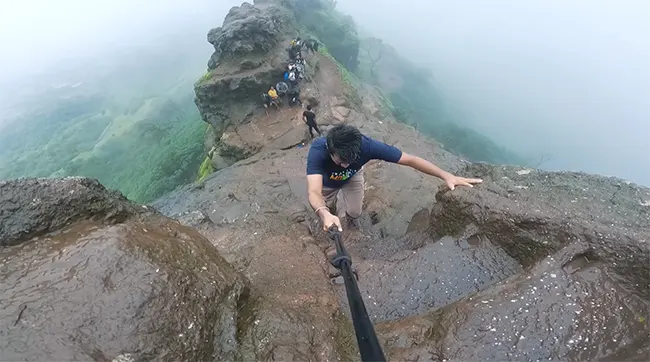
But this is not the end of the trek! After you enter Mahadarwaja, the trek takes a left traverse. This is where you need to be careful since this particular stretch is narrow with a low ceiling, and only a single person can cross at a time.
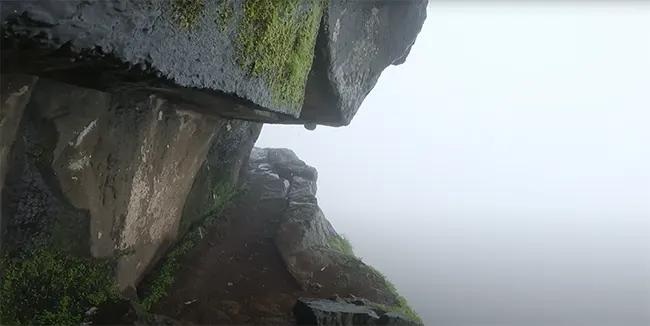
For the final part of the trek, you’ll have to climb another 100 steps, which are more dangerous and steeper than the previous ones. After a hellish climb, you’ll finally reach the top of the fort. There’s a small temple of Lord Hanuman and Shiva on top.
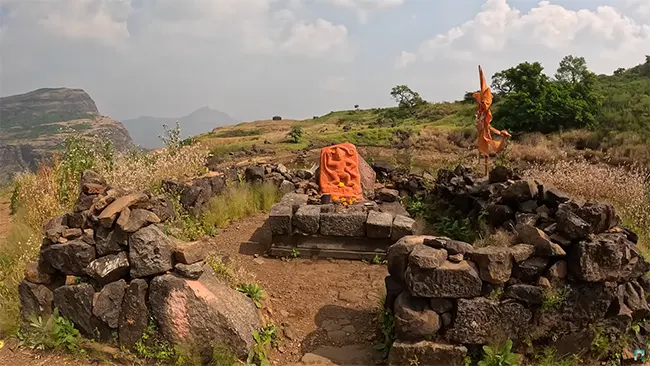
Harihar Fort History
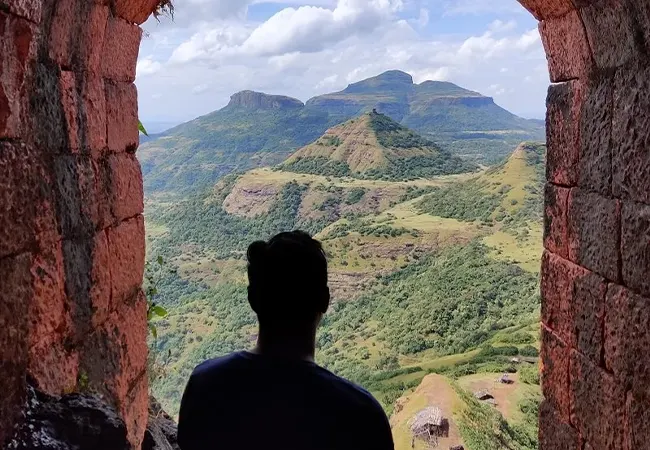
Rising to an altitude of 3,676 feet, Harihar Fort was strategically built during the Yadava dynasty, which means the fort is at least 800 years old. It later witnessed the rule of the Bahmani Sultanate, the Mughals, and finally, the Marathas.
Its strategic location in the Trimbakeshwar mountain range made it an important watchtower, overseeing the ancient trade route that passed through the Gonda Ghat.
In essence, the Harihar Fort history is a microcosm of the broader history of the Deccan region, witnessing the ebb and flow of various empires and their strategic importance throughout different eras.
Quick information
| Harihar Fort Height | 3676 feet above sea level |
| Hari Har Gad Fort Region | Trimbakeshwar |
| Harihar Trek difficulty | Hard |
| Harihargad Trek endurance | High |
| Harihar Fort base village | Nirgudpada |
| Harihar Fort Nashik trek distance | 3.5 km one way |
What is the Best Time for the Harihar Fort Trek?
The best time to undertake the Harihar Fort trek is generally considered to be during two distinct periods:
Post-Monsoon and Winter (October to February):
- Pleasant Weather: This period offers the most comfortable trekking conditions. The monsoon rains would have subsided, leaving the surroundings lush green and the air crisp and cool.
- Clear Visibility: You’ll find clear skies during these months, providing excellent panoramic views of the Sahyadri mountain range from the fort’s summit. This is ideal for photography and enjoying the scenery.
- Dry Trails: The trails and the iconic rock-cut steps are usually dry, offering a better grip and a safer climbing experience. While the steps always demand caution, the absence of rain significantly reduces the risk of slipping.
- Ideal Temperatures: Day temperatures are generally moderate, making the ascent less strenuous. Evenings and early mornings can be cooler.
Monsoon Season (June to September):
- Lush Greenery: The Sahyadri range comes alive during the monsoon, with vibrant greenery, gushing waterfalls, and a misty atmosphere. This can be a unique and beautiful time to trek for those who enjoy this type of environment.
- Fewer Crowds: Compared to the winter months, you might encounter fewer trekkers during the monsoon.
However, it’s crucial to be aware of some challenges during the monsoon, like slippery steps, reduced visibility, and difficult trails.
How to Reach Harihar Fort?
Harihar Fort is one of the most epic and adventurous treks in India. To reach the captivating Hari Hara Fort, you have the following travel options, depending on your starting point:
By Train:
- The nearest major railway stations are Nashik Road (around 40-60 km away) and Kasara (around 60 km away). Kasara generally offers better connectivity from Mumbai. If you’re coming from Pune, you can take any local train or express train to Kasara.
- From Kasara, you can hire a shared jeep or a private taxi to Nirgudpada. The journey takes approximately 1.5–2 hours.
- Or, you can take a train to Nashik and then a cab to Harshewadi.
By Bus:
- Regular state transport buses ply from major cities like Mumbai and Pune to Nashik.
- From Nashik, you can hire a taxi or take a local bus to reach either Nirgudpada or Harshewadi. If direct buses to these base villages of Harihar are limited, you can also take connecting transport from towns like Igatpuri or Trimbakeshwar.
By Car:
- You can drive from Mumbai or Pune straight to Nirgudpada. The distance from Mumbai is approximately 160-200 km and takes about 4–5 hours, and from Pune it’s 240-255 km and will take about 5–6 hours to cover.
Important Notes:
- Public transport options might be limited, especially for the return journey in the late afternoon.
- It’s advisable to book transportation in advance, especially during peak trekking seasons.
- Shared jeeps are usually available from Kasara, but you might need to negotiate the price.
- If traveling by train, Kasara Railway Station has better connectivity.
- Always check local transport schedules.
Things to Keep in Mind While Trekking to Harihar Gad
The trek is exhilarating, but it demands careful preparation and awareness to ensure a safe and rewarding experience. Before you embark on this journey to the historic heights, keep these crucial points firmly in mind:
- The rock-cut steps can become extremely slippery due to rainwater and moss, making the ascent and descent very risky. Extreme caution and good trekking shoes with excellent grip are essential.
- Heavy rainfall and fog can obstruct the panoramic views from the top and make the climb riskier.
- The trails leading to the fort can also become muddy and more challenging to navigate.
- Be aware of the monkeys! You’ll see a lot of monkeys on the pinnacle while trekking, so keep your bag secured as they might attack you for food.
- Do not litter on the pinnacle or the steps and keep the place clean and beautiful.
- Begin your trek early in the morning to avoid the midday heat and allow ample time for the ascent and descent, especially if you’re a beginner.
- Pack energy-rich snacks like nuts, energy bars, dry fruits, and fruits to keep your energy levels up.
Hari Hara Fort Photos
Here are some Harihar Gad photos to give you an insight into the breathtaking trek:
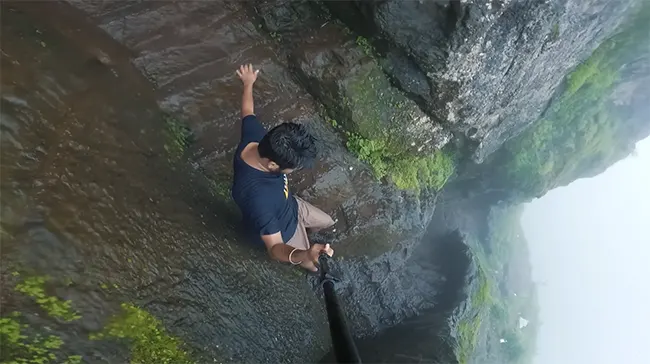
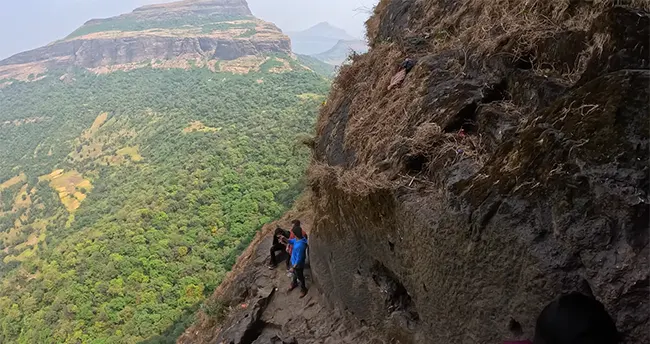
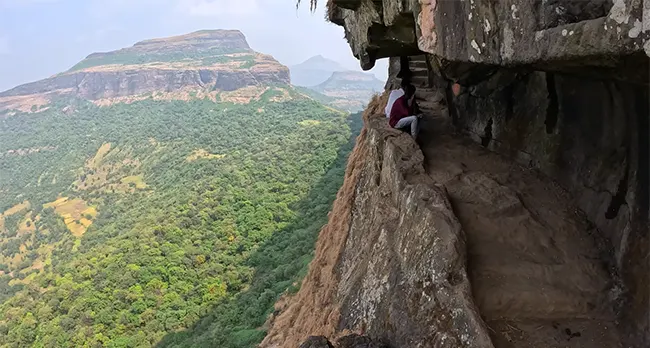
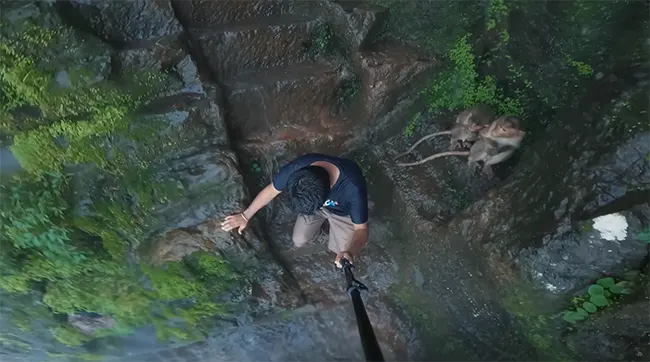
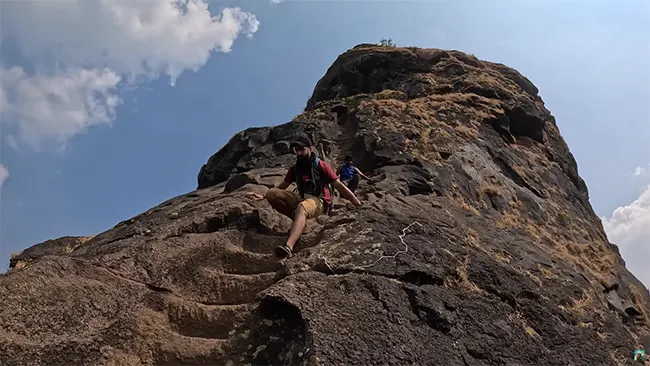
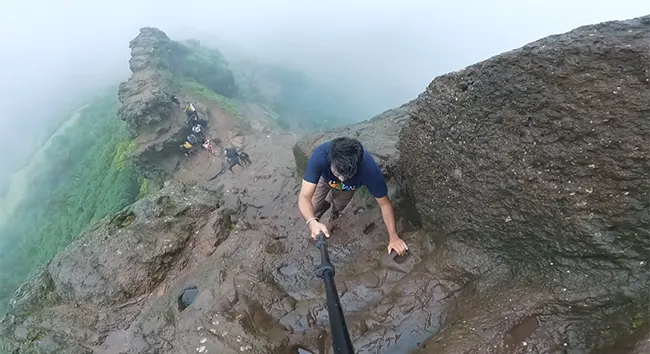
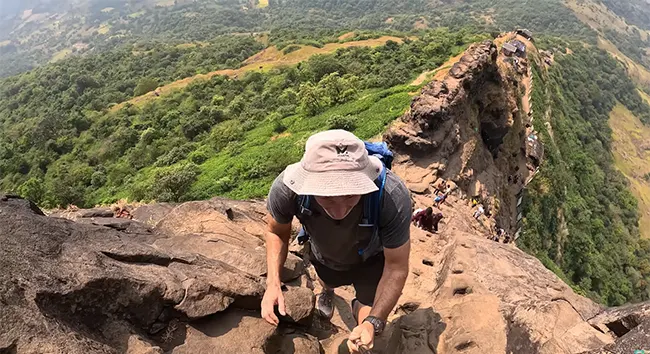
Things to Carry While on Trek
Planning a trek to the majestic Hari Hara Fort requires careful consideration of what to carry to ensure a safe, comfortable, and enjoyable experience. Following is a comprehensive list of all the essential items to carry along:
- Sturdy Trekking Shoes with Good Grip: This is non-negotiable. The terrain, especially the rock-cut steps, demands excellent traction to prevent slips and falls. Avoid sneakers or casual footwear.
- Water (at least 2-3 liters): Staying hydrated is crucial, especially during the ascent. Carry enough water for the entire trek. You might not find reliable water sources along the way.
- Snacks: Pack energy-rich and easy-to-carry snacks like energy bars, nuts, dry fruits, granola bars, biscuits, and fruits. These will help maintain your energy levels throughout the trek.
- Small Backpack (20-30 liters): Choose a comfortable backpack with good back support to carry all your essentials.
- First-Aid Kit: A basic first-aid kit is essential for treating minor injuries. It can include bandages, antiseptic wipes, pain relievers, antiseptic cream, ORS packets, and any personal medications you might need.
- Headlamp or Torch: Useful if your trek extends into the late afternoon or if you start early in the morning.
- Sunscreen: Apply a broad-spectrum sunscreen with a high SPF to protect your skin from the sun’s harmful rays.
- Rainwear (especially if trekking during or near the monsoon): Carry a lightweight raincoat or poncho to protect yourself and your belongings from unexpected showers.
- Trekking Pole (optional but recommended): Provides stability and reduces strain on your knees, especially during the ascent and descent.
- Comfortable and Breathable Clothing: Wear moisture-wicking fabrics that will keep you dry and comfortable. Avoid heavy cotton clothes.
- Extra Pair of Socks: Useful if your socks get wet due to sweat or unexpected rain.
- Cash: Carry sufficient cash for transportation, food (if available at the base village), and any unforeseen expenses. Network connectivity might be limited.
- Personal Toiletries: Carry necessary toiletries like tissue paper, hand sanitizer, etc.
Famous Places to Visit Near Naneghat Trek
If you’re staying in the area or have the time to explore the surroundings, here are some amazing trekking and waterfall points near the Harihar fort that are a must-visit!
- Shitkada waterfall — 4.6 km
- Bhaskar Waterfall — 4.7 km
- Bhaskargad, Basgad — 5.7 km
- Nirgudpada trekking point — 7.6 km
- Dugarwadi Waterfall — 9.4 km
Final Words
Harihar Fort trek is more than just a climb; it’s an immersion into history and nature’s grandeur. The unique vertical steps offer an adrenaline-pumping challenge, while the panoramic views from the summit provide a sense of accomplishment and awe.
For those seeking a trek that combines historical exploration with a thrilling adventure, Hari Hara Fort stands tall as an unmissable destination in the Sahyadris.
Is Harihar Fort Difficult To Climb?
Yes, the Harihar Fort trek is considered a challenging trek.
In Which City Is Harihar Fort?
Harihar Fort is located in the Nashik district of Maharashtra, India. The closest city to the trek is Nashik City, located about 40 kilometers away.
Which Month Is Best To Visit Harihar Fort?
The best time to visit Harihar Fort for trekking is generally considered to be from June to February. These are the coolest months, best suited for treks and the serene views.
Who Captured Harihar Fort?
Harihar Fort was surrendered to Mughal General Khan Zaman in 1636. Later, in 1818, it was captured by Captain Briggs, a British agent.
How Many Steps Are There In Harihar Fort?
There are a total of 117 rock-cut steps leading to the top of the mountain.


